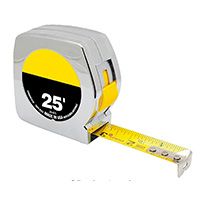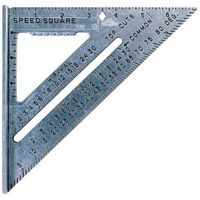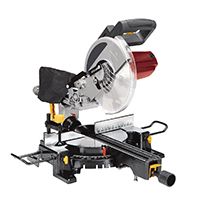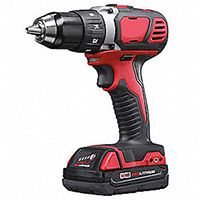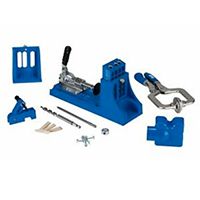We may be compensated if you purchase through links on our website. Our team is committed to delivering honest, objective, and independent reviews on home products and services.
Throughout this video series, This Old House do-it-yourself (DIY) expert and House One editor Jenn Largesse has demonstrated several ways to customize the ultimate mobile workbench. Now, she finishes up by showing a simple way to add a clamp rack to the workbench’s endcap. Although you should choose a layout that works best for you, read on to see how she created this portion of the workbench to suit her personal workstation.
Materials and Tools for Adding a Clamp Rack
First, collect these materials:
- 1 1/4-inch pocket hole screws
- 3/4-inch plywood (use leftover pieces from mobile workbench frame)
- One 1-by-2-by-6
- One 1-by-4-by-6
- One 1/2-inch dowel
- One 1/8-inch plywood or hardboard to hold plastic roll cutter
- Four angle clamps
- Four K-body parallel clamps
- Four variable spring clamps
- Four premium spring clamps
- Four one-hand trigger bar clamps
- Four small ratcheting clamps
- Four large ratcheting clamps
- Plastic roll with cutter
- Wood glue
You’ll need the following tools:
- Drill/driver
- Hearing protection
- Miter saw
- Pocket hole jig and bit
- Pencil
- Safety glasses
- Speed square
- Tape measure
Cut List
- One 3/4-inch plywood shelf at 4 inches wide by 27 1/4 inches long
- Two 3/4-inc plywood supports at 4 inches wide by 4 inches high
- Four 3/4-inch plywood angled supports at 4 inches wide by 4 inches high
- Four 3/4-inch plywood angled supports at 4 inches wide by 3 1/4 inches high
- One 1/2-inch dowel at 14 inches
- Three 1-by-2 hangers at 4 inches
- Four 1-by-4 ends and hangers at 4 inches
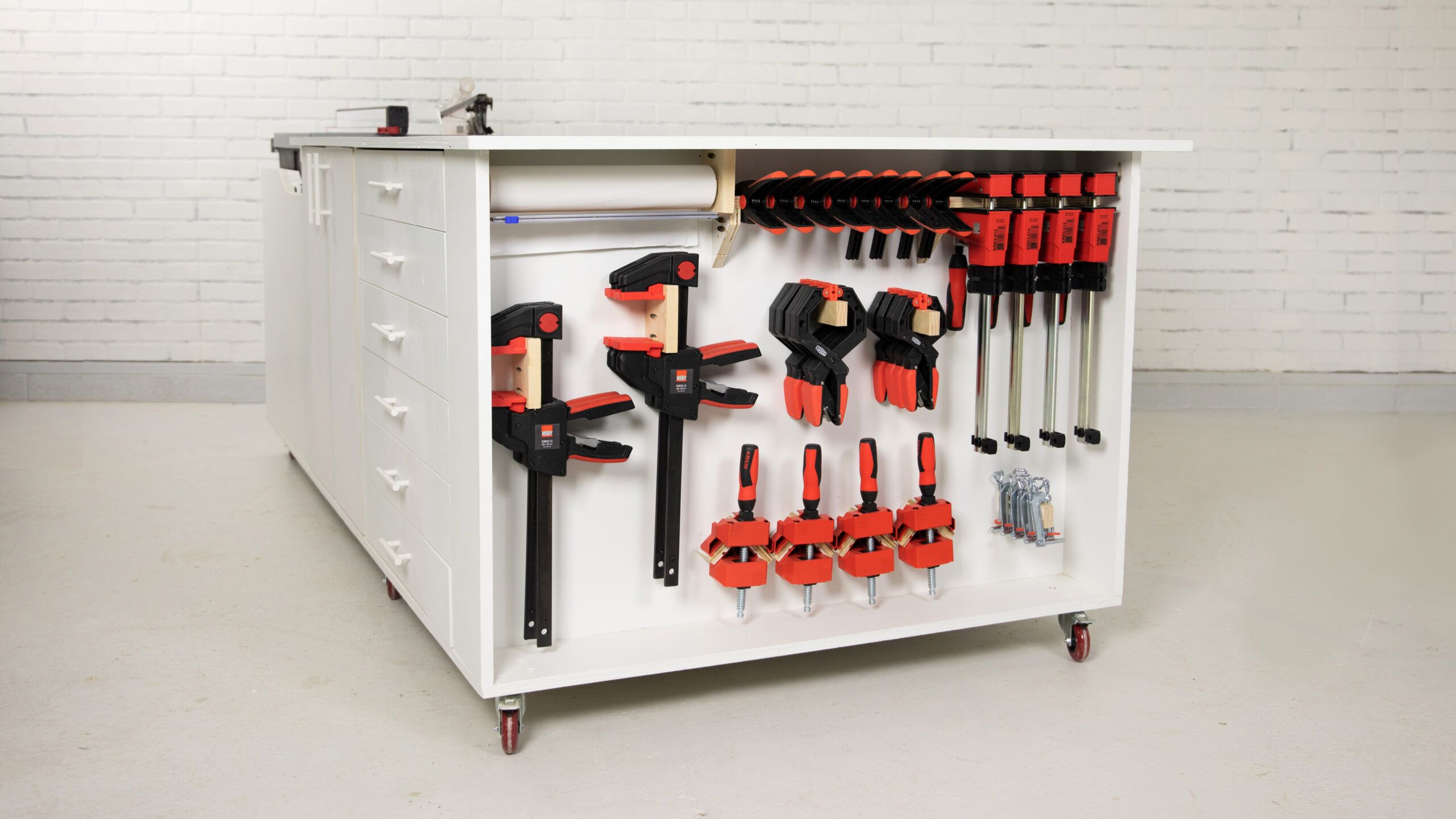
Building the Clamp Rack
With your design finalized and materials gathered, it’s time to start building your clamp rack. Follow these steps.
Creating the Main Shelf
- Cut a 4-inch wide strip of plywood to the desired length for your main shelf.
- Miter several angled support blocks to fit under the shelf.
- Drill pocket holes in the support blocks.
- Secure the blocks to the underside of the shelf using wood glue and nails, ensuring all pocket holes face the back for later installation.
Constructing the Plastic Roll Holder
If you plan to include a plastic roll for paint projects, do the following:
- Cut two blocks and drill holes to create a holder for the dowel.
- Drill pocket holes in one of the blocks for attachment to the back wall.
- Cut a strip of thin hardboard to hold the cutter along the bottom of the mount.
Preparing Clamp Hangers
- Drill pocket holes in a 1-by-4 board to create a rod for trigger clamps.
- Prepare a 1-by-2 board with pocket holes for ratcheting clamps.
- Assemble corner pieces to hold angle clamps using two blocks for each corner.
Installing the Clamp Rack To a Mobile Workbench
With all components prepared, you can attach the clamp rack to your workbench. Largesse demonstrates this process in the video, showing how to efficiently organize various clamp types.
Attaching the Main Components
- Secure the long shelf to the workbench using pocket hole screws.
- Mount the parallel clamps and spring clamps on this shelf.
- Attach one block for the plastic roll to the back wall and another to the side wall.
- Nail the hardboard in place and add the cutting strip and plastic roll on the dowel.
Mounting Smaller Clamps
- Screw blocks to the back wall for one-hand trigger clamps, staggering their height for better space utilization.
- Add smaller 1-by-2 blocks in the middle section for ratcheting clamps of different sizes.
Ensuring Stability
To ensure that your clamp rack remains stable, double-check all screws and nails, confirming they’re secure. Test your clamps’ placement and weight, and reinforce any weak areas.
Finishing Touches
- Install corner blocks along the lower section using pocket hole screws.
- Add angle clamps to these corner blocks.
- Attach a 1-by-2 block beside the angle clamps to hold their table clamps.
Customizing Your Workbench
You can add other customized features to your workbench to maximize its efficiency, such as shelves for additional tools, compartments for small parts, and mounts for other frequently used items. By tailoring each section to your specific needs, you create a user-friendly environment that helps projects run smoother.
Maximizing Efficiency With Your New Clamp Rack
A well-organized clamp rack not only saves space but also improves workflow efficiency. Here are some tips to make the most of your new addition:
- Arrange clamps based on frequency of use, with the most commonly used clamps at eye level.
- Label sections of the rack for quick identification.
- Periodically review and adjust your organization system as your needs change.
- Keep the area around the clamp rack clear for easy access.
Maintaining Your Clamp Rack
Regular maintenance ensures that your clamp rack remains in top condition over time. Here are some best practices:
- Inspect clamps and racks for wear and tear.
- Tighten loose screws or fasteners.
- Clean the rack of dust and debris.
To see the other customizations Largesse made to this bench, check out these guides:
- Building a Mobile Workbench with Built-In Table Saw
- Adding Tool Organization to a Workbench
- Building DIY Drawers
- Creating a Dust Collection System
- Adding a Downdraft Sanding Station
